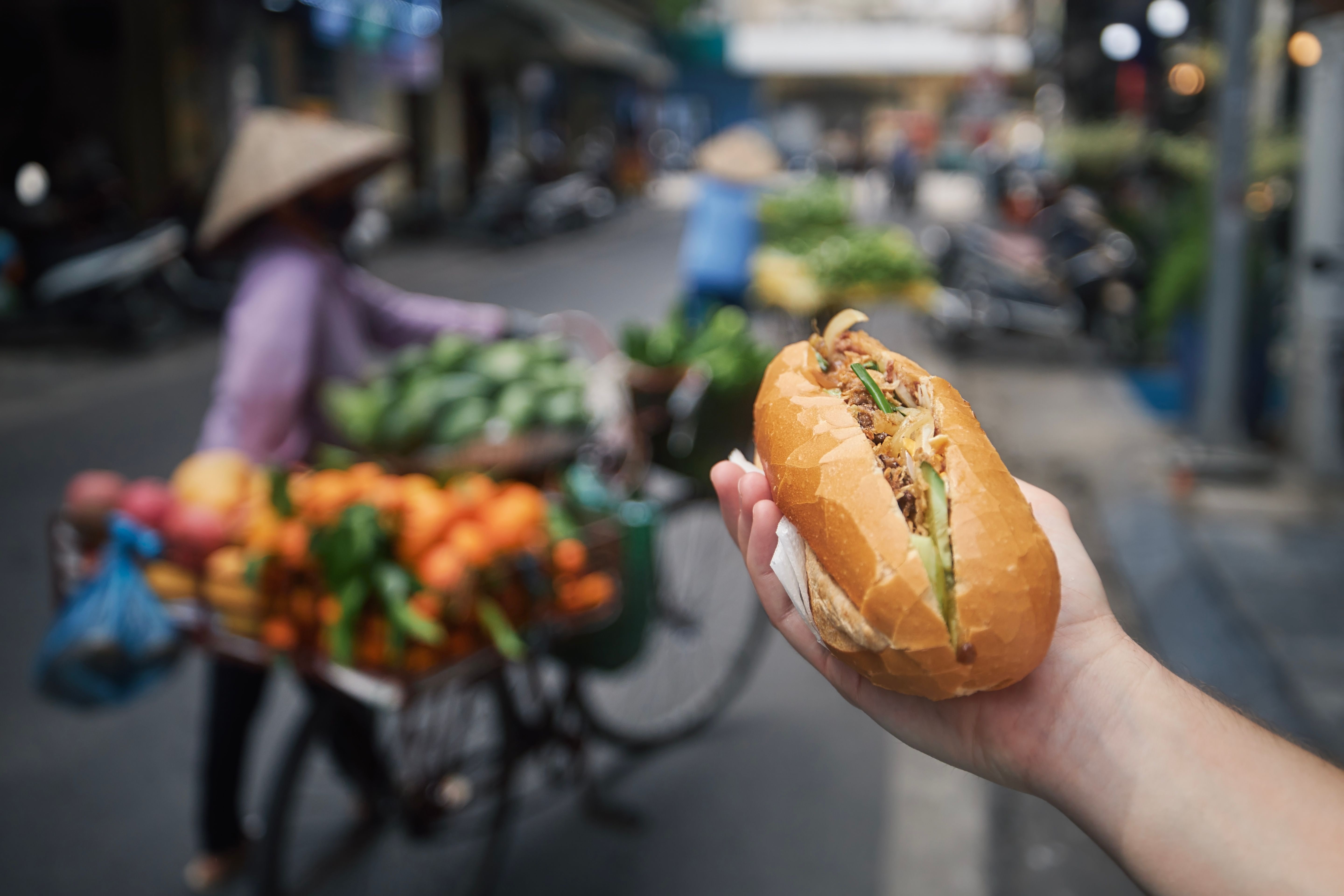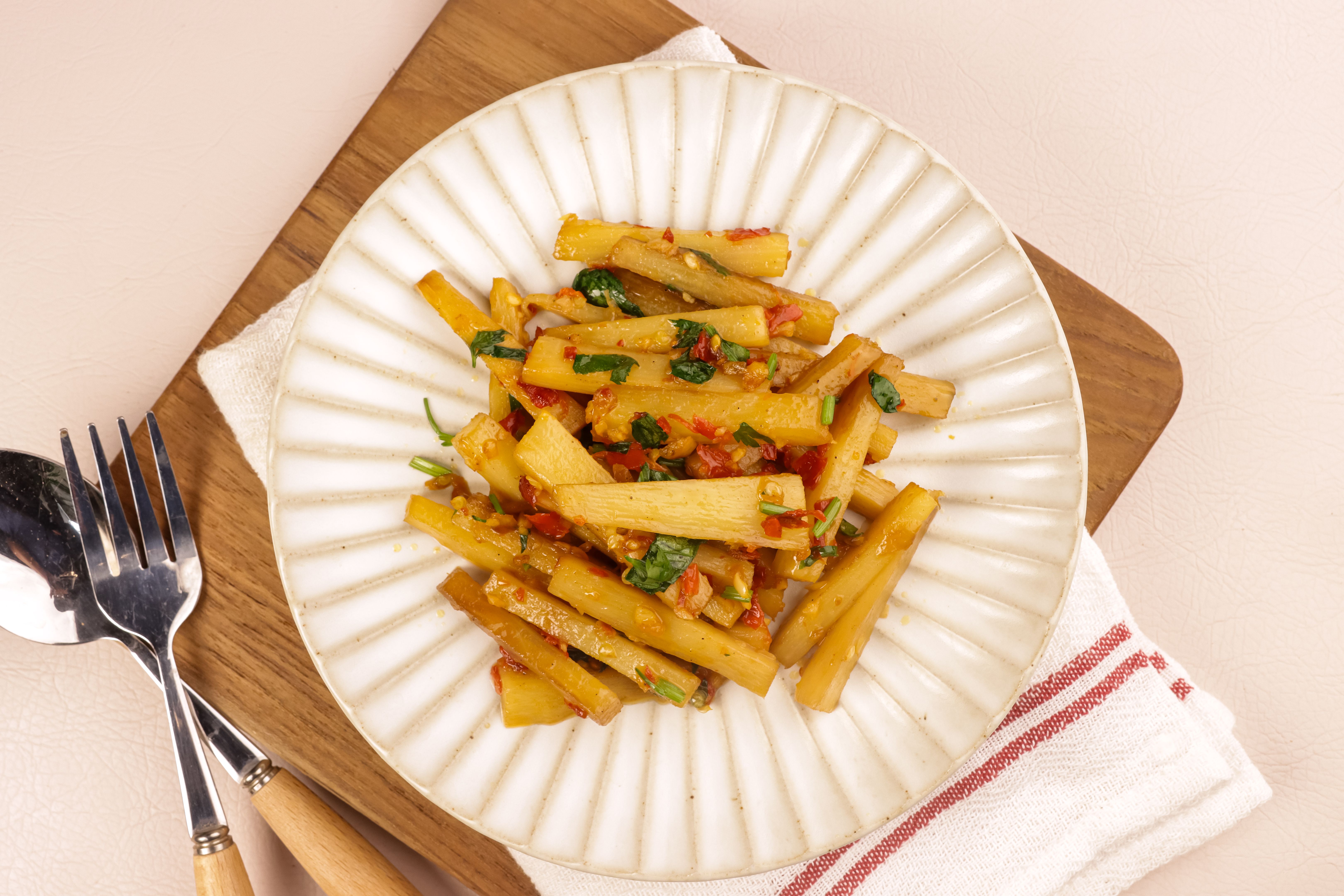The Flavors of Vietnamese Cuisine
Introduction to Vietnamese Cuisine
Vietnamese cuisine is a delightful blend of fresh ingredients, diverse flavors, and intricate cooking techniques. Known for its balance of sweet, sour, salty, and spicy notes, Vietnamese food offers a unique culinary experience that is both healthy and flavorful. Whether you're a seasoned foodie or new to this vibrant cuisine, there's always something new to discover.

The Importance of Fresh Ingredients
One of the defining characteristics of Vietnamese cuisine is its emphasis on fresh herbs and vegetables. Ingredients like mint, cilantro, and Thai basil are staples in many dishes, providing a burst of flavor and aroma. Freshness is key, and most dishes are prepared using locally sourced produce, ensuring that every meal is as delicious as it is nutritious.
Herbs and Spices
Vietnamese dishes often incorporate a variety of herbs and spices to enhance their flavors. Commonly used herbs include Vietnamese coriander, lemon grass, and ginger. These ingredients not only add depth to the dishes but also offer numerous health benefits.
Iconic Vietnamese Dishes
Vietnamese cuisine is famous for its iconic dishes that have gained popularity worldwide. Each dish tells a story of tradition and culture, making them a must-try for any culinary enthusiast.
Pho
Pho is perhaps the most recognized Vietnamese dish outside of Vietnam. This aromatic noodle soup features a savory broth, tender slices of beef or chicken, and rice noodles, garnished with fresh herbs and lime. It's a comforting dish enjoyed at any time of the day.

Banh Mi
Banh Mi is a fusion of French and Vietnamese culinary traditions. This sandwich is made with a crispy baguette filled with a variety of meats, pickled vegetables, and fresh herbs. The combination of flavors and textures makes it a favorite street food item among locals and tourists alike.
Regional Variations
Vietnamese cuisine is diverse, with each region offering its own unique specialties. From the hearty dishes of the north to the spicy flavors of the central region, there is a wide array of options to explore.
Northern Cuisine
Northern Vietnam is known for its subtle flavors and simplicity. Dishes from this region often focus on the natural taste of ingredients, with less emphasis on spices. Popular dishes include Bun Cha and Nem Ran (spring rolls).

Central and Southern Cuisine
In contrast, central Vietnamese cuisine is known for its bold flavors and use of spices. Hue cuisine, in particular, offers a rich culinary tradition with its royal-inspired dishes. Southern Vietnam features sweet flavors and an abundance of seafood, reflecting the region's tropical climate.
Conclusion: A Culinary Adventure
Exploring Vietnamese cuisine is like embarking on a culinary adventure where each dish offers a new experience. Whether you're savoring the rich broth of pho or biting into a crunchy banh mi, the flavors of Vietnam promise to captivate your taste buds. So next time you're looking for something new and exciting to try, consider diving into the vibrant world of Vietnamese food!
Commercial Kitchen http://avice.org
